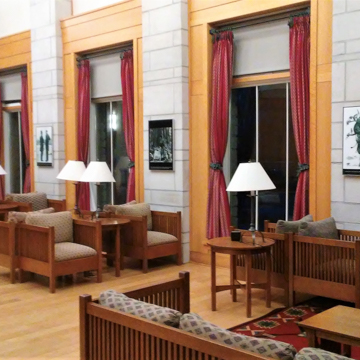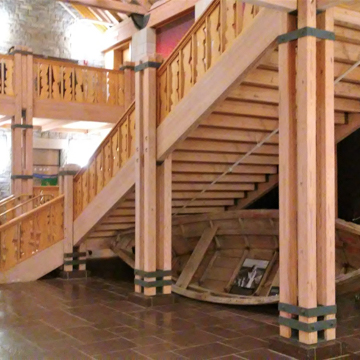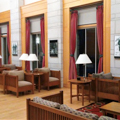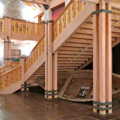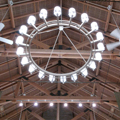A 538-acre farm with traditional vernacular buildings provided the setting—and the inspiration—for this sixteen-building campus that houses the training center for one of the federal government's most ecologically minded agencies. Classroom buildings, a dining room, a gymnasium, and other structures are carefully sited at the edges of fields or in the woods to minimize the built environment's impact on the natural one. As Benjamin Forgey, writing in the Washington Post, observed, the architecture “is not ostensibly innovative or experimental. Rather it is reassuring and terrifically smart.” The Washington, D.C., architects traveled the Eastern Panhandle's country roads, carefully
You are here
National Conservation Training Center, U.S. Fish and Wildlife Service
1997, KCF/SHG. East side of Jefferson County 7, 1.7 miles north of the intersection with Jefferson County 5, 1.7 miles north of Shepherdstown
If SAH Archipedia has been useful to you, please consider supporting it.
SAH Archipedia tells the story of the United States through its buildings, landscapes, and cities. This freely available resource empowers the public with authoritative knowledge that deepens their understanding and appreciation of the built environment. But the Society of Architectural Historians, which created SAH Archipedia with University of Virginia Press, needs your support to maintain the high-caliber research, writing, photography, cartography, editing, design, and programming that make SAH Archipedia a trusted online resource available to all who value the history of place, heritage tourism, and learning.


